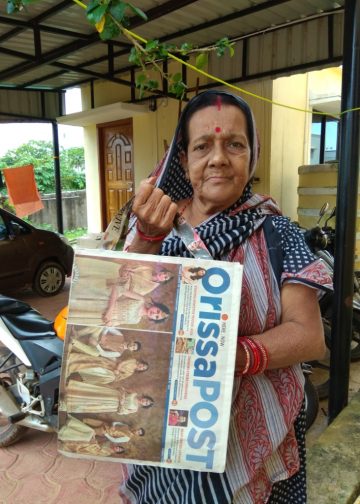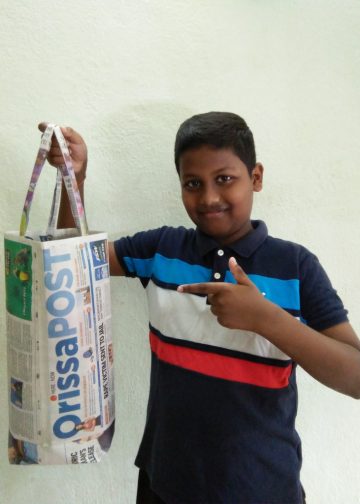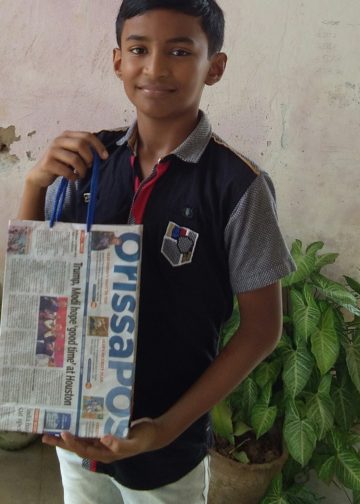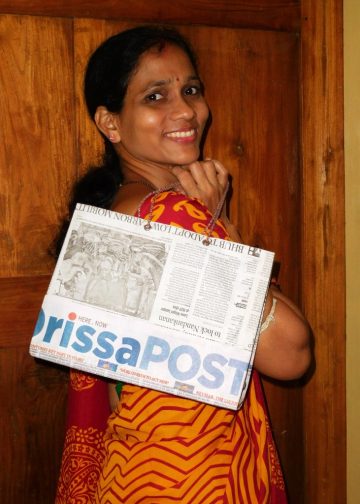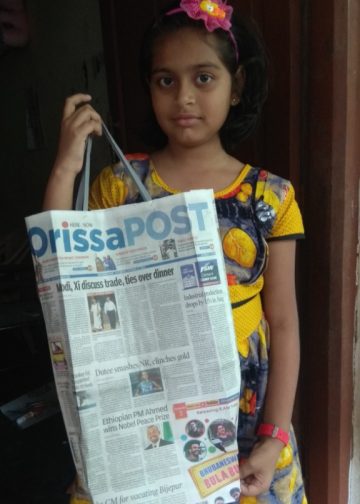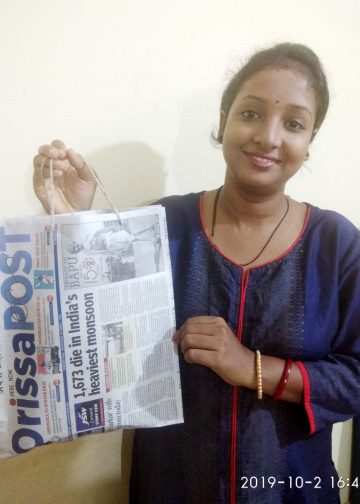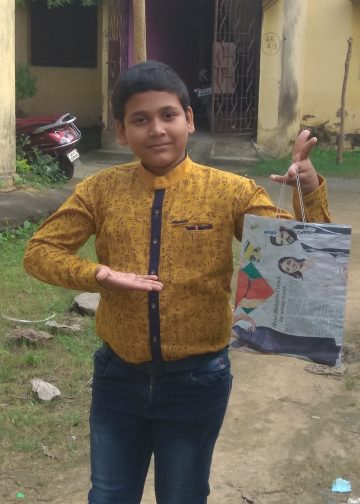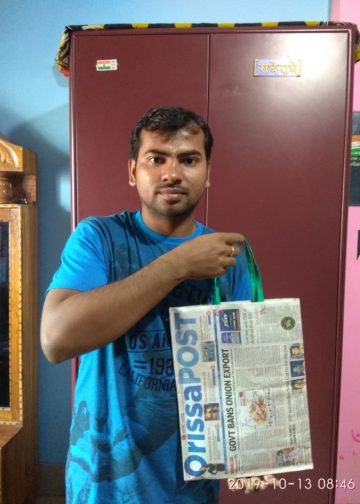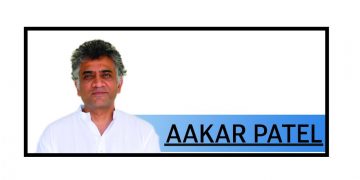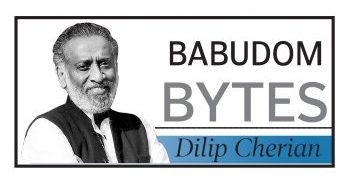The ASER India in 2017 reflects the sordid state of education in the rural areas of the country
New Delhi: Incredible it may appear, but the reality is that over 25 per cent of teenagers in the 14-16 year age group are incapable of reading text in their mother tongue fluently, while 57 per cent find difficulty in solving simple mathematics, especially division, findings of the Annual Status of Education Report (ASER) for rural India in 2017 on rural education said.
Still worse, when these youngsters were shown a map of India, 14 per cent were unable to identify it, while 36 per cent were unable to name the country’s capital. Moreover, 21 per cent of these teenagers did not know the name of the state they reside in. Contrary to the Centre’s tall claims of introducing ‘digital education’ across India, this report released Tuesday has exposed the pathetic state of
education in rural India.
The survey was undertaken in 28 districts spread across 24 states of the country.
The survey found that there is barely any difference between boys’ and girls’ enrolment at age 14. However, at least 32 per cent females are not enrolled as compared to 28 per cent males but at the age of 18. As far as daily tasks are concerned, the survey picked up a few simple activities, for instance counting money, knowing weights and telling time.
Surprisingly, it was found that about 25 per cent of the youngsters could not count correctly, while at least 44 per cent were unable to add weights correctly in kilograms. Though checking the time is a routine daily activity, more than 40 per cent were unable to tell the hour and minutes.
Referring to the survey’s finding that a vast majority (40 per cent) of the country’s youth do not have any role model or what profession they wish to pursue, chief economic adviser to the Government of India, Arvind Subramanian observed, “This scenario is pretty staggering and makes you think what’s going on and what should be done?”
“While the learning results are same in the case of boys and girls, the gap is widening in the age group of 14-18. It’s vital to deal with this,” he said.
ASER has been reporting on children’s schooling status since 2006. It has been focusing on their ability to do basic reading and arithmetic tasks.
Agencies





